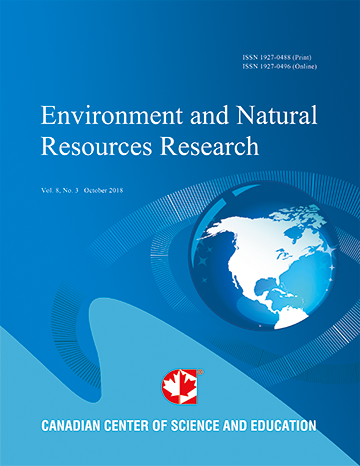Strategies for Increasing the Biohydrogen Yield in Anaerobic Fermentation of Xylose
- Franknairy G. Silva
- Viridiana S. Ferreira-Leitao
- Magali C. Cammarota
Abstract
The pretreatment of lignocellulosic materials to obtain cellulose generates a residual stream with hemicellulosic composition, mainly containing xylose. This C5 fraction is not directly fermentable by microorganisms traditionally used to produce ethanol. Hence, more promising alternatives for the C5 fraction have been studied, and acidogenic fermentation proves to be an attractive option for the production of biohydrogen, due to the possibility of using hemicellulose fractions and mixed anaerobic cultures. To reduce the activity of hydrogen-consuming microorganisms when mixed cultures are employed as inoculum to produce hydrogen by anaerobic fermentation, thermal pretreatment was selected. However, such pretreatment method also affects the activity of hydrogen-producing acidogenic bacteria, and strategies should be studied to enrich the inoculum for these bacteria and to increase hydrogen yields. Thus, this study evaluated the effect of some strategies on the biohydrogen production from xylose. The strategies adopted were thermal pretreatment of the sludge, maintenance of the incubation temperature at 35 °C, adaptation of the sludge by successive contacts with the xylose solution, and increasing inoculum to substrate ratio (I/S) from 1 to 2. This approach improved hydrogen yield approximately 30 times, from 0.03 to 0.93 mmol H2/mmol xylose. However, this yield was only 56% of the theoretical value and can still be improved.
- Full Text:
 PDF
PDF
- DOI:10.5539/enrr.v9n3p32
Journal Metrics
Google-based Impact Factor (2016): 6.22
h-index (November 2017): 12
i10-index (November 2017): 19
h5-index (November 2017): 11
h5-median (November 2017): 12
Index
Contact
- Emily LinEditorial Assistant
- enrr@ccsenet.org
